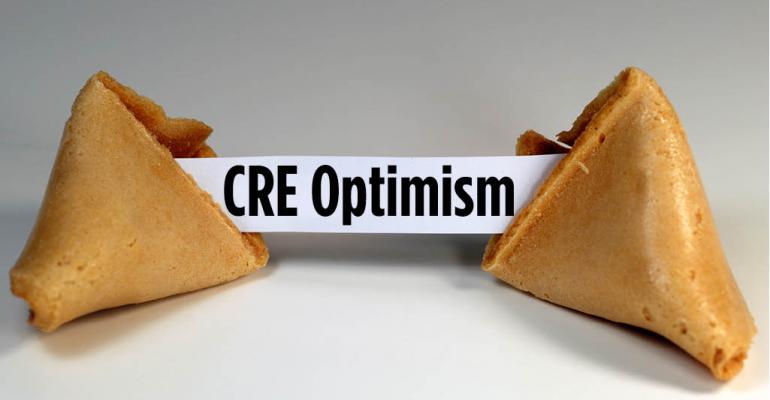Real estate has been a star performer over the last five years, delivering high returns on the back of strong and improving fundamentals and a gradually recovering economy. Real estate fundamentals continue to improve. Balance sheets of most firms have been steadily strengthening, with increasing margins, profitability and top line growth. Most households have recovered their lost wealth and are attaining new highs. Unemployment dropped to a new low. Commercial real estate supply still remains quite low by historical standards with only a few pockets of oversupply in the multifamily sector. So let’s look at some of the factors comprising my optimistic viewpoint.
Economy and interest rates
- Net job growth should be 2.9 million per year over the next several years, compared to a long-term average of 1.2 million. Low unemployment rates should lead to healthy wage growth, although shortages of skilled workers may surface.
- The 10-year U.S. Treasury Note will average 3.0 percent vs. a long-term average of 4.1 percent. Though this is an increase over the current low rate of about 2.28 percent, it would be very low compared to the historical average of 4.1 percent. However, the forward yield curve still implies a rate of about mid-2s.
Capital markets
- CMBS issuance should rise to $150 billion in 2017, compared to an average of $71 billion, but will remain well below the pre-GFC peak of $229 billion. With banks and insurance companies also active, real estate lending will remain competitive and favorable for borrowers. This is good news for the many borrowers with loans coming due over the next three years.
Price appreciation/returns
- Commercial real estate prices as measured by the Moody’s/RCA Index are projected to rise by 7.6 percent per year, compared to a long-term average increase of 5.3 percent. Given the strong demand for commercial real estate, there does not seem to be a fear of commercial price correction.
- Warehouse rents and hotel RevPAR are likely to be the leaders among the major property types, growing strongly annually, well ahead of their historical averages.
- NCREIF (core unleveraged properties) total returns should average 9.9 percent, just short of the long-term average, but a 690 basis points spread over expected U.S. Treasury yields. This spread, if realized, would be significantly higher than the 20-year average spread of 5.9 percent.
Less optimism
REIT returns and NCREIF retail and apartment returns are all projected to fall below their long-term averages this year, but not significantly. REIT returns are very volatile, so annual forecasts are rarely accurate. Retail vacancy rates will remain elevated, most likely due to e-commerce making inroads, even as vacancy rates of all other property types fall below long-term averages. Though demand is increasing and mortgage rates are very attractive, the single-family housing market will remain in the doldrums, with starts averaging 800,000 between 2015 and 2017, compared to a long-term average of 1.05 million per year.
Don’t get me wrong, a lot of things could go wrong. The current strong economic and property market fundamentals and the orderly wind-down of monetary stimulus may not last. In these latter days of the economic cycle (how times flies when you’re having fun!), economic downturns, foreign crises, interest rate spikes, geopolitical crises and many more events could derail this sanguine view. But even though any of those rough currents could surface, I believe we have a few more strong years ahead.

